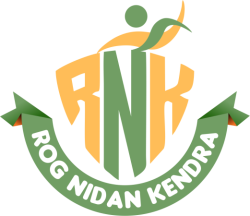Breathing is the process of inhaling and exhaling air, allowing the exchange of oxygen and carbon dioxide between an organism and its environment. It's a vital function for most living organisms, including humans, animals, and even plants (in a different way).
In humans, breathing involves the following steps:
Inhalation (Inspiration): This is the process of taking in air. When you inhale, the diaphragm (a dome-shaped muscle below the lungs) contracts and moves downward, while...Read more
Breathing is the process of inhaling and exhaling air, allowing the exchange of oxygen and carbon dioxide between an organism and its environment. It's a vital function for most living organisms, including humans, animals, and even plants (in a different way).
In humans, breathing involves the following steps:
Inhalation (Inspiration): This is the process of taking in air. When you inhale, the diaphragm (a dome-shaped muscle below the lungs) contracts and moves downward, while the muscles between the ribs also contract, lifting the ribcage. This expansion of the chest cavity causes air to rush into the lungs.
Gas Exchange: Inside the lungs, the inhaled air reaches tiny air sacs called alveoli. Oxygen from the inhaled air passes through the walls of the alveoli into the bloodstream, binding to hemoglobin in red blood cells. At the same time, carbon dioxide, a waste product of metabolism, moves from the bloodstream into the alveoli to be exhaled.
Exhalation (Expiration): Exhalation is the process of expelling used air and carbon dioxide from the lungs. During exhalation, the diaphragm relaxes and moves upward, and the muscles between the ribs relax as well. This reduces the volume of the chest cavity, causing air to be pushed out of the lungs.
The exchange of oxygen and carbon dioxide is crucial for cellular respiration, the process by which cells generate energy. Oxygen is needed for this process, and carbon dioxide is a waste product that needs to be removed from the body.
Read less







